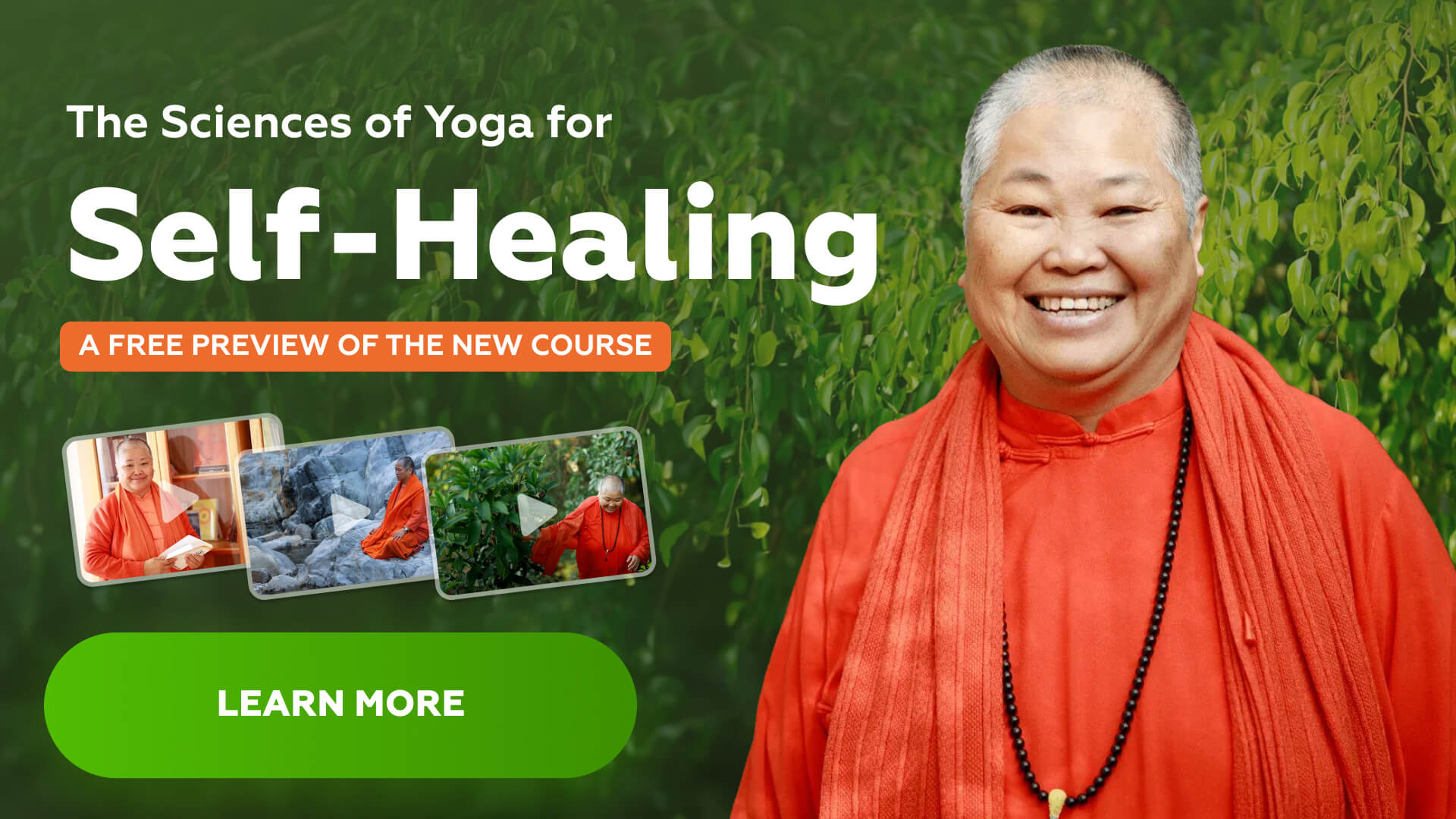PRANA
What is Prana? | How can I access prana? | What is kundalini energy?
Below is a testimonial for this book.
What is prana?
Swami Sivananda teaches that prana is vital energy that is everywhere in the universe. It is all pervading.
Prana is the link between the astral and the physical bodies. Death takes place when the prana that is working in the physical body is withdrawn in the astral body.
Breath is the external manifestation of prana, the vital force. Breath is gross. Prana is subtle. In this section of our website you will learn:
1. What is Pranayama?
2. 4 Types of Pranayama
a. Abdominal Breathing
b. Full Yogic Breathing
c. Alternate Nostril Breathing
d. Kapalabhati
3. How to use our prana
4. Increasing prana through the 5 elements
5. Understand the Astral Body
a. Chakras
b. Purification of the Nadis
c. Kundalini Energy
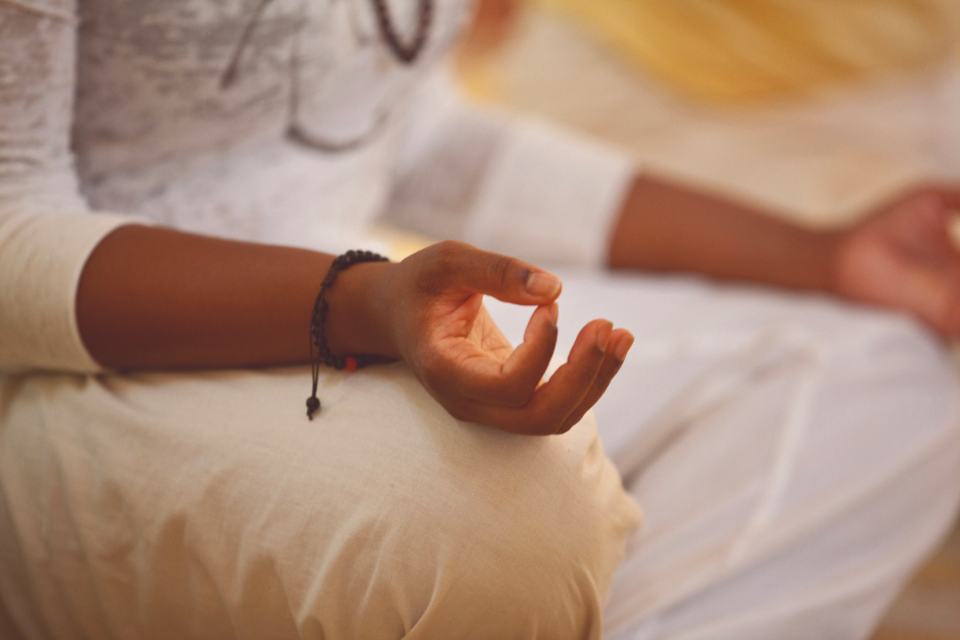
What is Pranayama?
Pranayama is the Yogic science of using the breath for health of body and mind. By exercising control over the gross breath, you can control the subtle Prana inside.
The aim of pranayama is the control of prana. If you can control prana, you can completely control all the forces of the universe, mental and physical.
Quote: “The Yogi, using the method of pranayama, is able to absorb the energy from the infinite mass that exists behind, uses this energy for his quick spiritual growth, and within a short time is able to reach the highest perfection.”
-Swami Vishnu-devananda in “Complete Illustrated Book of Yoga”
Most people have forgotten how to breathe properly. It is astonishing how little attention we pay in normal life to the importance of breathing correctly. The breath is the most powerful manifestation of life. In fact, life is breath. When the breath ceases, life ceases. The most important point to understand is the relationship between breath and prana.
This science of using the breath to control the prana (or vital energy) is called pranayama. Sivananda Yoga class teaches different breathing exercises, each one has different effect on the vital energy flow. In fact, by the inhalation, we are bringing more oxygen to our cells and in particular to the brain. Also, by the exhalation, we release carbon dioxide and toxins out of our system.
Pranayama is an integral part of a Sivananda Yoga class. These breathing exercises are powerful in restoring health and increase vitality to our body and mind. Pranayama is best learnt under guidance of a teacher in a pure environment such as an ashram.
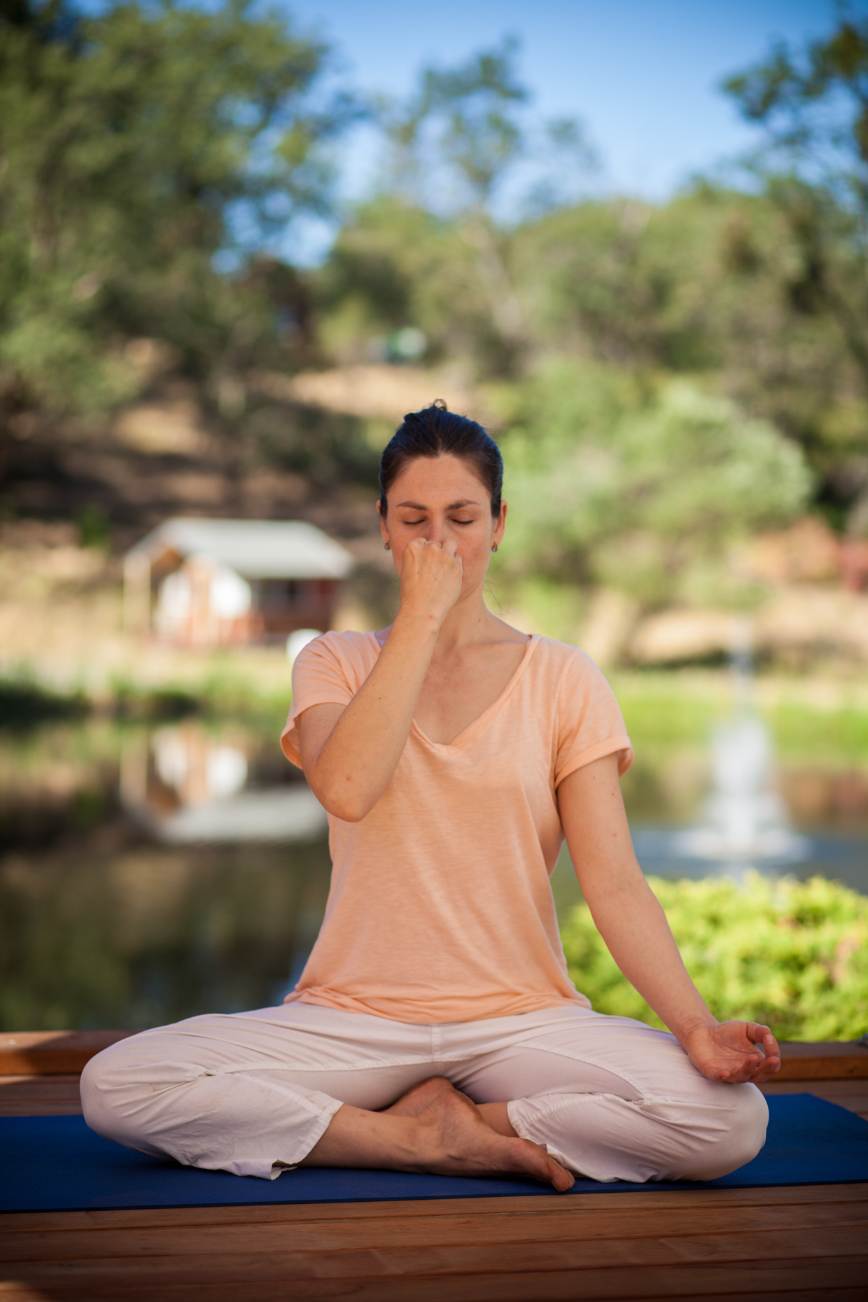
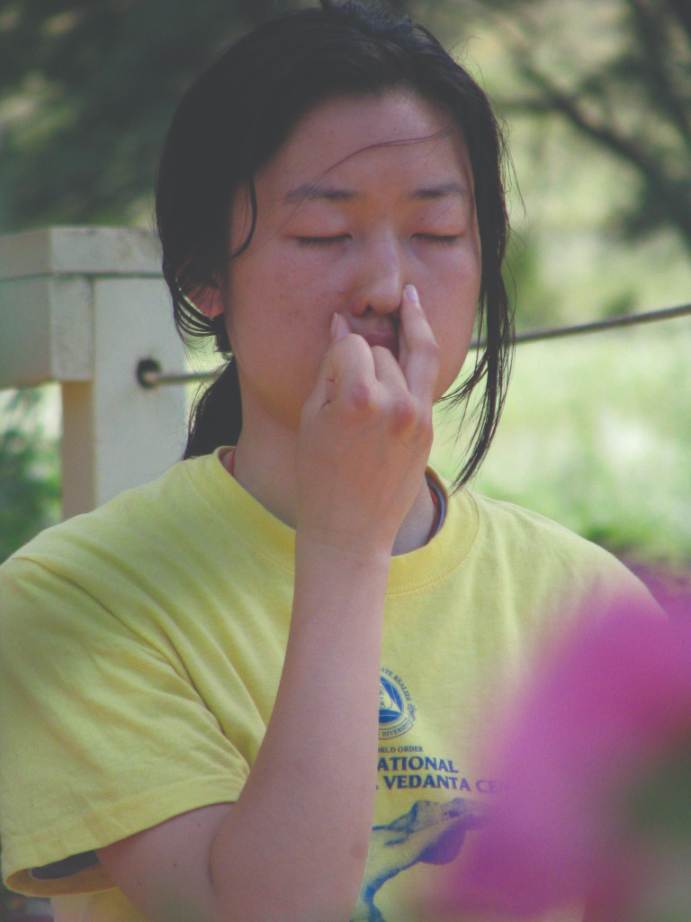
4 Types of Pranayama
1. Deep abdominal breathing
This type of breathing is also called diaphragmatic breath, as the diaphragm is used to bring air to the lowest and largest part of the lungs. As you inhale the abdomen will move out as the lungs fill with air pushing the diaphragm down. As you exhale the abdomen moves back in as the lungs deflate. Furthermore, the inhalation and exhalation are conscious, slow and deep. You can inahle for 3 seconds, exhale for 3 seconds. In fact, it is the best type of breathing, recommended by the yogis, for maximum intake of air and maximum release of tension and fatigue.
2. Full Yogic Breath
This breath combines the three main types of breathing: abdominal (deep), chest (middle), and clavicular (collar bones) breathing. A full Yogic breath begins with a deep breath into the abdomen and continues up through the intercostal (ribs, chest) region and into the clavicular (collar bones). The full yogic breath makes use of our entire breathing capacity and is essential for ventilating the lungs. As you inhale the abdomen will come out first, next the chest will rise. As you exhale the abdomen will go in and the chest will come down.
3. Alternate Nostril Breathing
Anuloma Viloma means Alternate Nostril Breathing. It is the main pranayama practice and comes from the science of Hatha Yoga. Anuloma Viloma facilitates the absorption of prāṇa into the body’s subtle energy channels (nāḍīs).
You can practice by bringing your right hand into vishnu mudra, turning in the index and middle fingers. The thumb will be used to close the right nostril and the ring and little fingers close the left nostril. You start by inhaling left to a count of 4, retaining for 16 and exhale right for 8. After that you inhale right for 4, hold for 16 and exhale left for 8.
The reason for doing alternate nostril breathing is because the breath is unsteady and is always more dominant in one nostril or the other. For example, when the right nostril is more open, the left brain hemisphere is more active, and vice versa. This practice balances the functioning of the two sides of the brain: the logical left brain and the more creative right brain.
This conscious and rhythmical manipulation of the flow of breath through the nostrils balances the 2 sides of our brain and also our personality. It leads to mental and emotional health and growth. In fact, this practice is known as the science of Hatha Yoga, the union of hot (Ha) and cold (Tha) subtle energies. The focus is to balance the 2 airflow in our nostrils which in turn balances our mind and emotions.
This increased energy enhances our overall vitality and well-being and connects us to our spirit and consciousness. Furthermore, the subtle energy flow, once balanced and the nadis once purified, facilitate the awakening of spiritual energy. The result is we will positively transform our outlook on life and on ourselves.
4. Kapalabhati
In Sanskrit, kapala means ‘skull’ and bhati means ‘shines’. Therefore the term Kapalabhati means an exercise that makes the skull shine. This type of breathing exercise cleanses the respiratory system and the nasal passages and the lungs. It is the best exercise to increase oxygen in the system. When practiced on a regular basis, the face shines with good health and radiance.
In this practice you exhale using your abdomen in a fast and strong expulsion of the air and do it repeatedly for about 50 – 60 pumpings. You should not be concerned with the inhale as it will take place automatically. Just focus on the exhales. After the pumpings you can inhale deeply and retain the breath for 45 seconds to one minute. Repeat the pumpings and the breath retention 3 times.
To learn about these pranayama practices consider signing up for one of our Beginners Yoga Courses.
What do we need to do with prana?
We need an abundant supply of prana to be healthy and to provide energy for our daily activities, but as yogis, we need prana for our spiritual path.
Yogis are endeavoring to:
1. Increase prana and store it for our spiritual evolution (by the practice of pranayama and by the yogic lifestyle)
2. Conserve prana (learn how not to waste it through worries, useless thinking and conversation, purposeless activities, too much indulgence in sensual pleasures)
3. Balance prana (learn to balance our energy and personality and avoid extremes)
4. Channel prana (use it for positive goals, through selfless action, chanting, etc.)
5. Purify prana (through pranayama and through our choice of company and activities, the yogi endeavors to elevate the vibration of his thought)
To understand these ideas in more detail please read our article on 5 Things to Do with Prana Energy.
You can learn more about understanding prana as it relates to our mind and our thoughts by signing up for one of our Positive Thinking Courses.
Recharge Prana through the 5 elements
Through the 5 elements we can supply prana to the system.
1. Through the earth element: natural food, living in nature, walking on the ground, contemplating trees, walking barefoot. People living in big cities may lose prana from working and sleeping in concrete buildings, walking on pavement, traveling by car or by subway, not having many trees around, and eating fast food in a hurry…
2. Through the water element: drink well water, swim in a river, or the ocean. Avoid drinking soda, alcohol, or caffeinated drinks because these drain more prana than they supply.
3. Through the fire element: Prana is supplied by being in the sun and eating food that contains sunlight.
4. Through the air element: This is the most important way to get prana, through breathing fresh air. Avoid polluted and crowded places, smoking cigarettes etc…
5. Through the ether element: Prana is supplied through being in a positive thought atmosphere because thought is transmitted through ether. In crowded places like cities, subways, hospitals, you absorb lots of negative thoughts that drain your prana. In the contrary, if you are in ashram, monasteries, temples, churches, you automatically feel good because the thought atmosphere is positive and calm.
You can learn more about how to increasing prana as a means to meditation in our Meditation for Well-Being Courses.
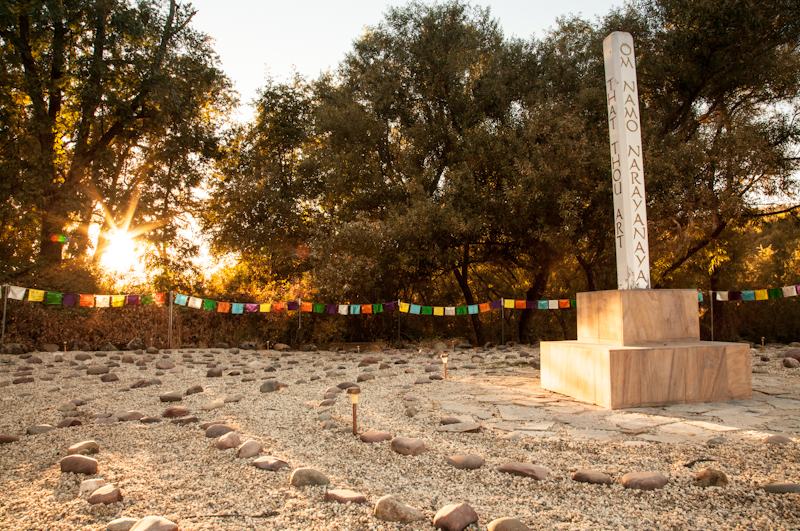
The Astral Body
The Astral body is a subtle body not seen with the physical eyes. In this astral body we have 72,000 Nadis, or meridians, through which prana moves. Asanas help to distribute the prana and unblock energy in this nadis while pranayama helps to balance prana, and increase the prana flow. Positive thinking helps to increase positive thoughts in the mind, and thus creates positive prana in the system and meditation helps to connect ourselves with the supply of prana of the universe that is unlimited.
Chakras and Spiritual Evolution
There are seven Chakras in the astral body: Muladhara Chakra, Swadhisthana Chakra, Manipura Chakra, Anahata Chakra, Vishudha Chakra, Ajna Chakra and Sahasrana Chakra.
The chakras are energy centers representing stages of consciousness which are located along the Sushumna Nadi, which is the central channel corresponding to our spinal chord.
There are many popular ideas about purification and manipulation of the chakras that do not correspond to the classical theory.
The chakras represent stages of consciousness and opening of the chakras requires complete transformation of consciousness and not mere manipulation of external energy.
The Sushumna Nadi is open and activated only when purification takes place. At that time, it is said that the Kundalini Shakti is awakened.
How do we purify the nadis?
Purification happens only when the individual is selfless, pure, sattvic, balanced and aspires to God-realization. The nadis get impure when the ego is operating, creating desires.
Purification happens through Karma yoga, service to Guru, Bhakti yoga, methods of Hatha yoga like pranayama and kriyas, meditation, positive thinking and self-inquiry. It cannot happen by force or through technique alone, or because of personal ambition or desire.
So, the yoga practitioner needs to be patient and improve him or herself without expectation.
There is a lot of misunderstanding about Kundalini energy as most people just want short-cuts and are only impressed by external demonstrations of supernatural powers.
Our emotional mind likes to dream but not to take up the discipline to change ourselves.
You can learn more about the Astral Body and purification of the Nadis in our Meditation Certification courses.
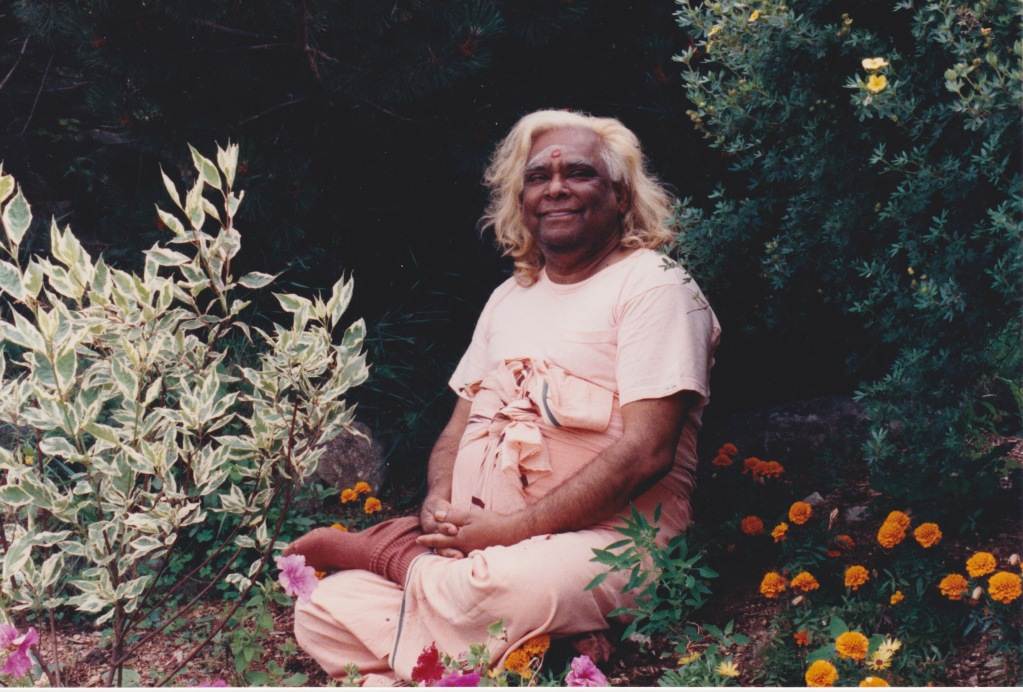
Kundalini Energy
Kundalini is the cosmic energy lying dormant at the base of the spine in the muladhara chakra. It is a cosmic spiritual potential present in everybody in a dormant state.
Kundalini awakening starts the spiritual path but requires strong discipline and purification in all aspects.
Swami Vishnudevananda said that wherever there is supernatural power, wisdom or knowledge, there must be at least a partial manifestation of Kundalini.
For more information you can read “Kundalini Yoga” by Swami Sivananda which is available online. If you prefer pdf format click here.
Conclusion
In conclusion, we must know that theoretical knowledge of the various pranas, pranayamas and chakras is helpful for Hatha yogis to know the path, but that the nature of the spiritual path is not merely technical.
Swami Sivananda prescribed the synthesis of Yoga for a complete purification of all aspects of life.
When purification takes place, the Kundalini will be automatically awakened.
Hatha Yoga, Kundalini Yoga, Mantra Yoga, and Raja Yoga are one and the same, even though the emphasis is slightly different in each.
Yoga Teacher Training Course
Check out our 200-hour Yoga Alliance certified Yoga Teacher Training Courses offered twice a year in California, 3x in Vietnam, once in China and once in Japan.
Foundational Courses
Choose from upcoming courses for beginners and intermediate level students.
Yoga Vacation
Rejuvinate your body and mind. Experience and progress with daily Yoga classes. Learn the 12 basic asanas and pranayama. Enjoy daily meditation, chanting, and organic vegetarian meals.
